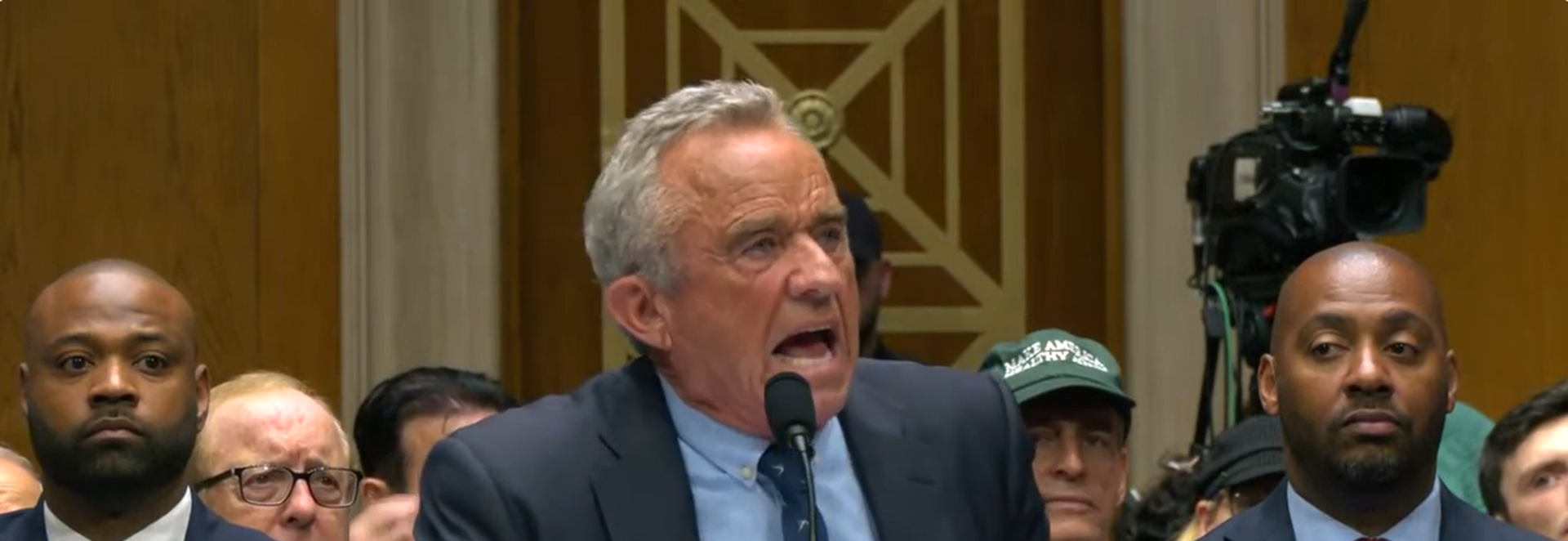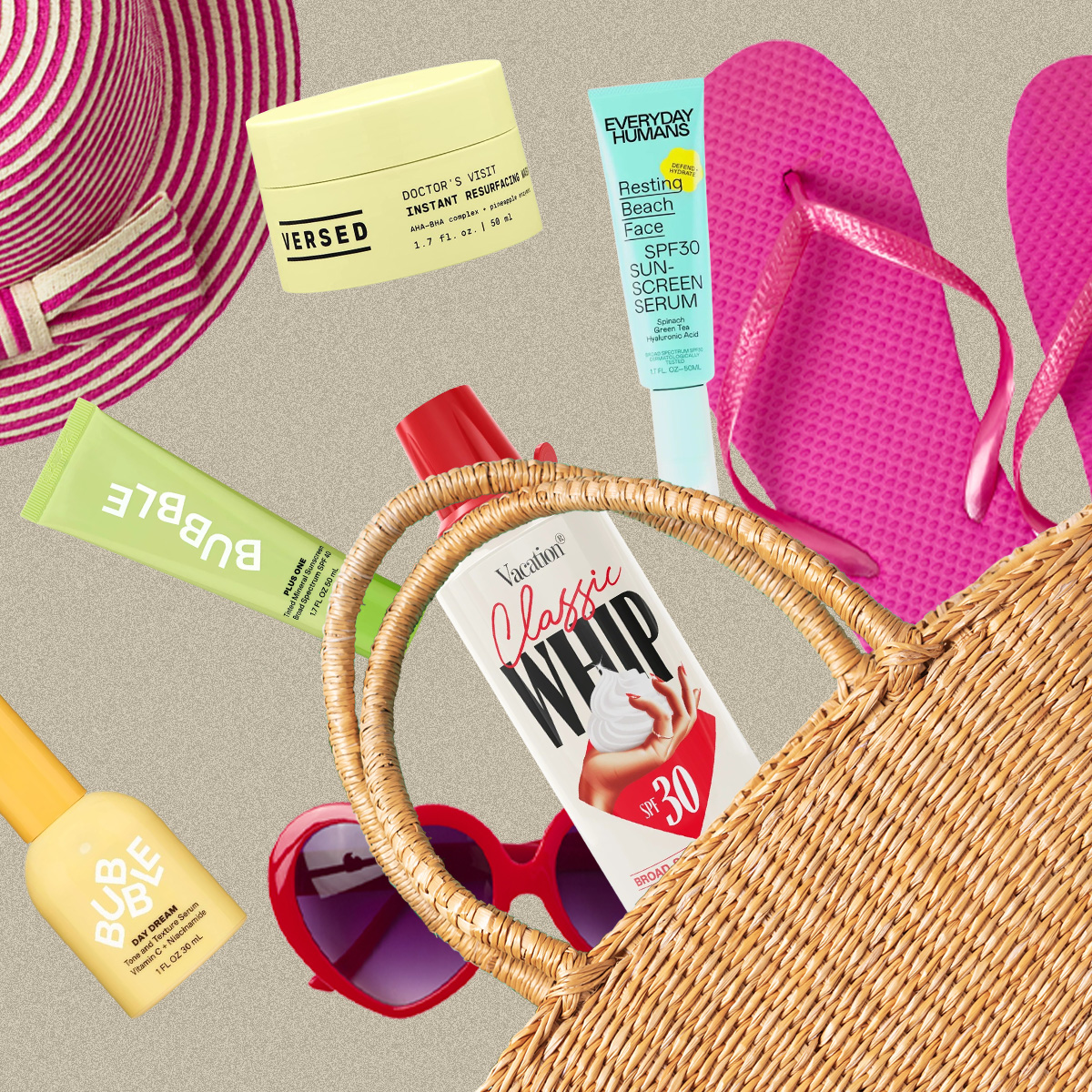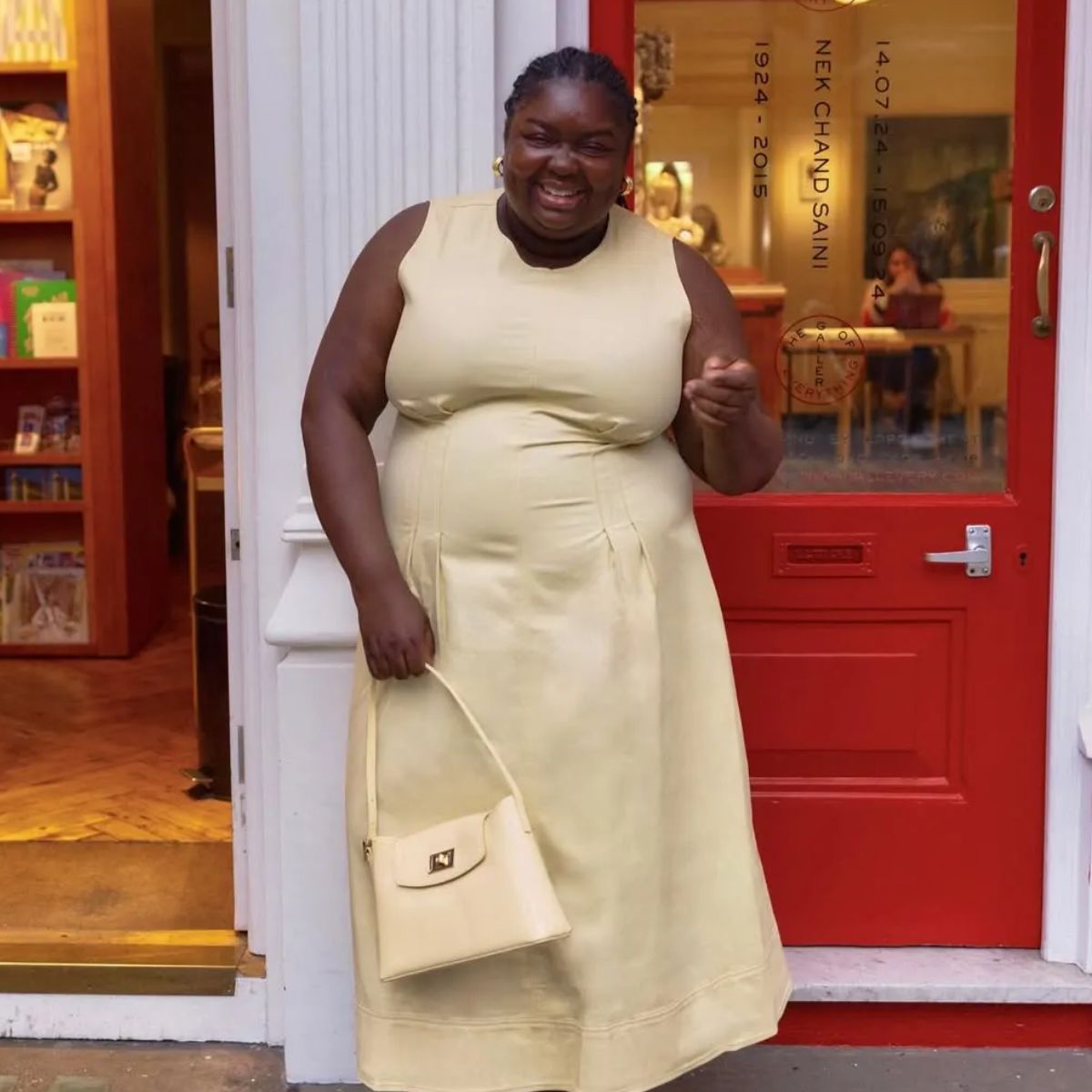How to Choose the Best Food & Beverage Packaging for Your Brand
Discover the benefits, uses, and safety tips of Naproxen Enteric Coated Tablets (56 Tablets) for effective pain and inflammation relief.
Picking the right packaging isn’t just about wrapping food. It’s about shaping how your brand is seen. Sounds dramatic? It’s true. People judge products based on how they look before they even taste them. So yeah—your food & beverage packaging better leave a great first impression.
Why Packaging Matters More Than Ever
Let’s be real for a second. Competition is brutal out there.There are tons of food and drink products fighting for attention. Shelf space is crowded. Online scrolls are even worse.And you? You’ve got about three seconds to stand out.The fastest way to win those seconds? Packaging. Eye-catching, clear, well-designed packaging. Modern consumers want more than just a pretty label though. They care about function, sustainability, and how a package feels. It’s a full-on sensory experience.
First Impressions Happen Fast
Packaging is your silent salesperson. It talks before your ads ever do. A great design can make people stop and stare. A boring one? Instant scroll or walk-by. So, the question is: How do you choose the right packaging? Let’s break it down.
Step 1: Understand Your Product and Audience
You can’t choose packaging until you fully understand what you're selling and who’s buying it. Are you selling cold drinks? Hot meals? Snacks? Fancy desserts?
Know Your Product's Needs
Some items need insulation. Others need to breathe. Some need tamper-proof seals. Others need to be see-through.
Ask questions like:
-
Does this product need to stay cold or hot?
-
Will it sit on shelves or ship in boxes?
-
Is it fragile or leak-prone?
Know Your Customers
Kids? Young adults? Eco-warriors? High-end shoppers? Each group responds to different styles. Trendy pouches might wow teens. Glass jars may impress premium buyers. Match your food & beverage packaging to their expectations and habits.
Step 2: Pick the Right Packaging Type
There’s no one-size-fits-all option. Here are some top packaging styles used in food and drink:
Flexible Pouches
Lightweight, resealable, and great for snacks or sauces. Easy to customize too.
Glass Jars & Bottles
Ideal for premium products like juices, jams, or sauces. Gives that high-end feel.
Paperboard Boxes
Perfect for baked goods or frozen meals. Easily printed, stackable, and eco-friendly.
Plastic Containers
Durable and budget-friendly. Good for salads, ready meals, and takeout.
Each has pros and cons. You’ve got to weigh them against your brand’s vibe and product needs.
Step 3: Think About Function
Function is huge. No one wants leaky bottles or hard-to-open wraps.
Make sure your packaging is:
-
Easy to open (but not too easy)
-
Resealable if needed
-
Stackable for shelves or storage
-
Sturdy enough for shipping
People won’t rebuy if the experience is annoying—even if the product inside is amazing.
Portion Control and Freshness
Single-serve packs are trending for a reason. They’re convenient and waste-free. Vacuum seals, moisture barriers, and oxygen absorbers also help preserve freshness. And that’s a win.
Step 4: Focus on Branding and Design
Looks matter. Like, a lot.
Your food & beverage packaging should tell your brand story at a glance. Colors, fonts, imagery—all should reflect your personality.
Minimalist or Bold?
Keep it clean if you’re going for a modern, healthy vibe. Go loud if you want to attract a playful audience. But whatever you do, be consistent across your whole product line. That helps build brand recognition fast.
Don’t Forget Label Space
Make sure you’ve got space for ingredients, barcodes, legal info, and your story. Don’t cram everything in. Use both sides. Get creative. Just keep it easy to read.
Step 5: Go Sustainable Where You Can
People care about the planet. And they’re watching what brands do about it. If you’re not thinking about eco-friendly packaging, you should be.
Eco-Friendly Packaging Options
-
Recyclable paper or cardboard
-
Compostable films
-
Plant-based plastics
-
Glass or metal containers
Going green doesn’t mean boring packaging. In fact, it’s an opportunity to stand out and earn customer trust. Make it clear on the label. Let customers know you're doing your part.
Step 6: Keep Costs Under Control
Packaging isn’t cheap. And it adds up—especially when you’re scaling. But don’t just chase the lowest cost. Cheap-looking packaging can ruin product perception. Instead, find balance.
Compare suppliers. Test materials. Order samples. Mix premium touches with cost-efficient bases. Think long-term. A little extra investment in great packaging can boost sales in a big way.
Step 7: Test Before You Launch
This step gets skipped a lot. Don’t be that brand. Run small test batches with your packaging. See how it looks on shelves. Get customer feedback. Does it leak? Is the label smudging? Is it easy to open? Fix the flaws early. Your future self will thank you.
Where to Buy Quality Food & Beverage Packaging
Now the big question—where do you get packaging that checks all the boxes? There are tons of suppliers out there. But not all of them understand what you need. Look for a partner that gets branding, sustainability, and function. One that offers variety, not just one-size-fits-all. That’s where Packaging on comes in. They offer packaging solutions that match today’s trends and tomorrow’s goals. They help bring your vision to life—without blowing your budget.
Final Tips to Keep in Mind
Let’s wrap it up with some quick tips:
-
Don’t copy your competitors. Be original.
-
Use colors that reflect the flavor or mood.
-
Make the unboxing experience memorable.
-
Show off certifications like “organic” or “vegan” clearly.
-
Always keep customer convenience in mind.
Your food & beverage packaging is a direct reflection of your brand. So treat it like a big deal—because it is.
Final Thoughts
Choosing the best food & beverage packaging isn’t about following trends blindly. It’s about knowing your brand, your customers, and your goals. It’s a mix of function, flair, and flexibility. Get those right, and your product won’t just sit on shelves—it’ll sell. The right packaging doesn’t just protect. It connects. And that connection? That’s how your brand grows.






















































































